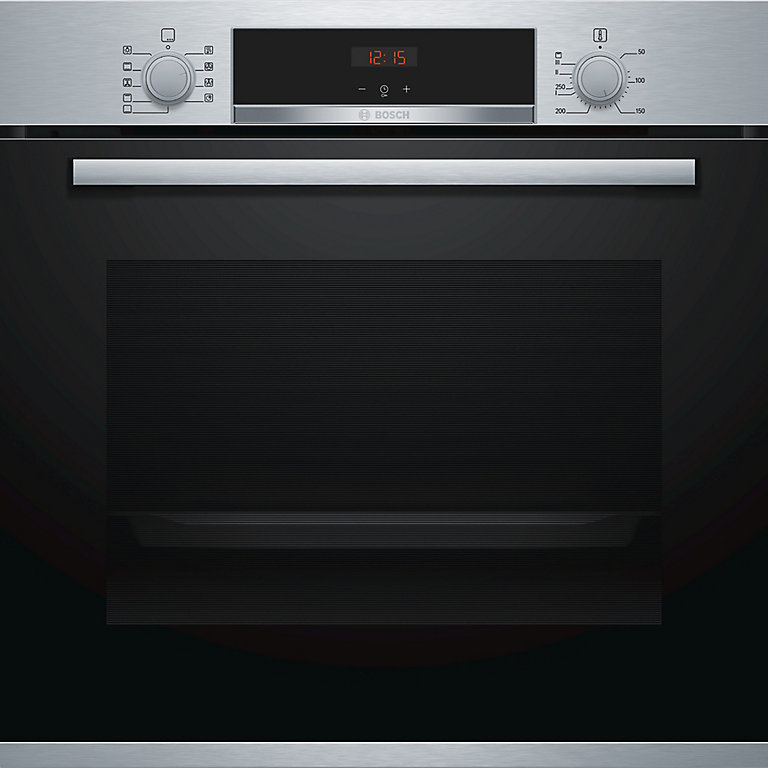I have been doing some reading on this topic and would welcome your comment/validation of the scenarios below please:
1. Oven
Design current for this oven is 13 amp

Therefore closest breaker size but higher than 13 amps is 16 amp. I will be using a 16 amp MCB which is within the protection range of the RCD
Minimum cable size for this initially appears to be 2.5mm T&E based on reference method 103. However, when I look at the voltage drop calculations and tables, I think this requires a minimum of 4mm T&E. This seems to be adequate up to a length of 66 metres. I have a 12 metre distance.
That said, I think the cable rating needs to be higher than the breaker rating? So, perhaps it needs to be 6mm T&E?
2. Lighting
Design current for the following is 0.634783 amps
24 4 Watt downlights
2 10 Watt bulbs
3 10 Watt external lights
Therefore closest breaker size but higher than 0.634783 amps is 3 amp. I think that's the lowest rating available? This is within the protection range of the RCD
Minimum cable size for this appears to be 1mm T&E based on reference method 103. I couldn't find anything in the voltage drop table for a 3 amp protective device. It starts at 6 amp. Why is that?
Some specific questions please:
- I think my lighting scenario has quite a lot of lighting and yet it's not even an amp. Why are almost all lighting circuits protected at 6amps?
- In scenario #2 if someone fitted a light which suddenly tipped the total current to 5amp, the 1mm cable is till good up to 8 amp but presumably the breaker will trip as soon as it exceeds 3 amps?
- Should cable rating always be higher than the fuse rating?
- I can understand how the MCB trips when the current is exceeded but what is the role of the MCB if a nail is hammered into the cable?
I would welcome @Taylortwocities comments on this one.
1. Oven
Design current for this oven is 13 amp

Bosch HBS534BS0B Black Built-in Single Multifunction Oven | DIY at B&Q
Bosch HBS534BS0B Black Built-in Single Multifunction Oven - B&Q for all your home and garden supplies and advice on all the latest DIY trends
www.diy.com
Therefore closest breaker size but higher than 13 amps is 16 amp. I will be using a 16 amp MCB which is within the protection range of the RCD
Minimum cable size for this initially appears to be 2.5mm T&E based on reference method 103. However, when I look at the voltage drop calculations and tables, I think this requires a minimum of 4mm T&E. This seems to be adequate up to a length of 66 metres. I have a 12 metre distance.
That said, I think the cable rating needs to be higher than the breaker rating? So, perhaps it needs to be 6mm T&E?
2. Lighting
Design current for the following is 0.634783 amps
24 4 Watt downlights
2 10 Watt bulbs
3 10 Watt external lights
Therefore closest breaker size but higher than 0.634783 amps is 3 amp. I think that's the lowest rating available? This is within the protection range of the RCD
Minimum cable size for this appears to be 1mm T&E based on reference method 103. I couldn't find anything in the voltage drop table for a 3 amp protective device. It starts at 6 amp. Why is that?
Some specific questions please:
- I think my lighting scenario has quite a lot of lighting and yet it's not even an amp. Why are almost all lighting circuits protected at 6amps?
- In scenario #2 if someone fitted a light which suddenly tipped the total current to 5amp, the 1mm cable is till good up to 8 amp but presumably the breaker will trip as soon as it exceeds 3 amps?
- Should cable rating always be higher than the fuse rating?
- I can understand how the MCB trips when the current is exceeded but what is the role of the MCB if a nail is hammered into the cable?
I would welcome @Taylortwocities comments on this one.

